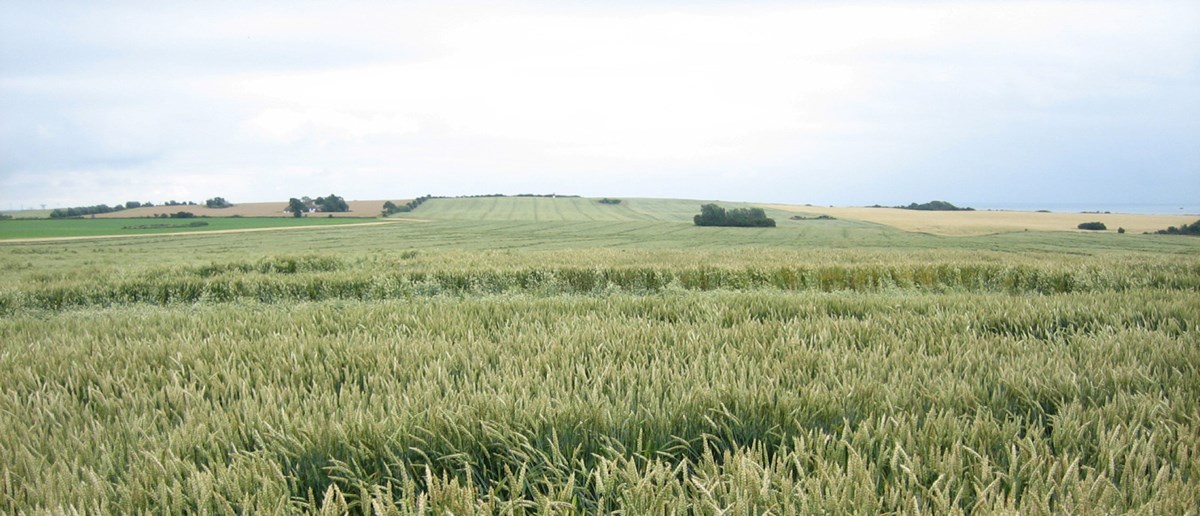Climate change increases risk for ozone damage to plants

Ground-level ozone is an air pollutant that harms both people and plants. Climate and weather have great significance for ozone damage to plants. The future climate may result in a considerably increased risk for ozone damage to plants in northern and central Europe at the end of this century.
"The increased risk for ozone damage depends on both higher ozone levels and higher temperatures in the climate of the future. For agricultural crops, the greatest effect will be that the plants will age too early, resulting in smaller, lower-quality harvests", says Jenny Klingberg, environmental information communicator at the Botanical Garden. She gained her Ph.D. at the Department of Biological and Environmental Sciences at the University of Gothenburg.
Ozone is a gas found 10 – 40 kilometres up in the atmosphere. It protects against the sun's ultraviolet radiation and is vital for life on earth. Ozone is also formed at ground level when car exhaust fumes react with sunshine. This ground-level ozone is an air pollutant that is poisonous for human beings. Plants are harmed at lower levels than people and ground-level ozone costs a lot by reducing harvests for agriculture and forestry.
Scientists have previously assessed the risks for ozone damage to plants based on the ozone concentration in their surrounding air. However, the negative effects of ozone on plants depends more on how much ozone the plant absorbs through the stomata in its leaves. A study carried out by Jenny Klingberg is one of the first to assess in this way the risk for ozone damage to plants from possible future climates.
Risk for ozone damage greatest in central Europe
Results show that the risk for ozone damage to plants is greatest in central Europe. Ozone concentration is high there and climate conditions promote plants' intake of ozone via their stomata. Weather and climate influence both the level of ground-level ozone in the air and how open the stomata are.
The risk for ozone damage is also influenced by the level of carbon dioxide in the air. That depends above all on the hypothesis that plants' stomata get smaller as the concentration of carbon dioxide increases.
"Calculations based on models demonstrate that higher levels of carbon dioxide in the air may mean that ozone damage to crops and deciduous trees will not increase. However, it is uncertain how great that effect will be, especially for trees. If it turns out that the carbon dioxide effect on the stomata is small, then that means that the future climate in northern and central Europe will have the potential to increase the risk for ozone damage strongly, by the end of this century", states Jenny Klingberg.
Read more in Jenny Klingberg's thesis: The influence of climate on ozone risk for vegetation






